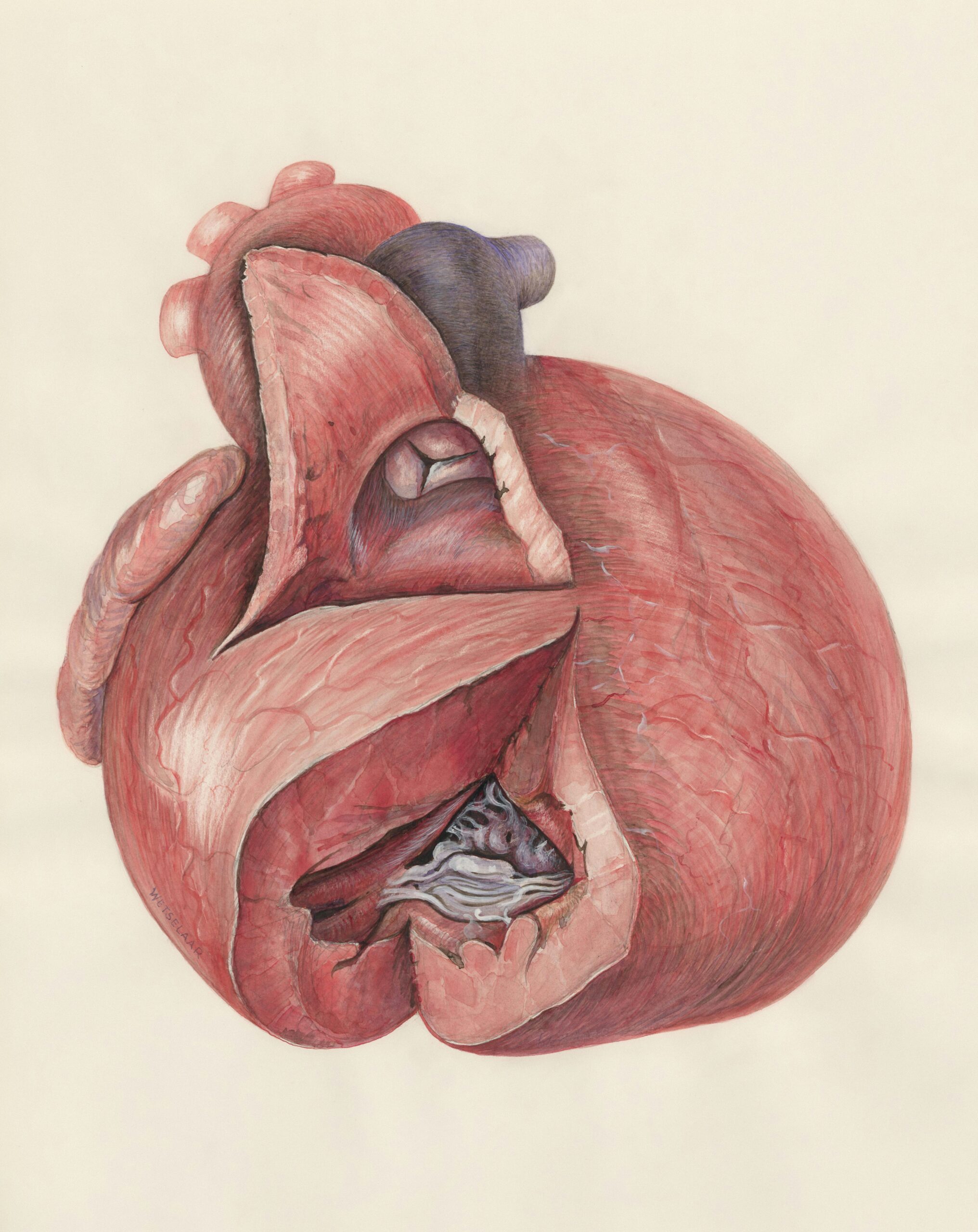
Cardiac and aortic surgery has long been a field where precision and innovation intersect to save lives. Over the years, significant strides have been made in improving surgical techniques, reducing recovery times, and offering more effective treatments. These innovations, from minimally invasive procedures to breakthrough technologies like robotic surgery and AI, are revolutionizing heart care. This article delves into the latest developments shaping the future of cardiac and aortic surgery.
Minimally Invasive Techniques: Redefining Heart Surgery
One of the most significant changes in cardiac and aortic surgery has been the shift toward minimally invasive techniques. Traditional surgeries, which often require large incisions and long recovery periods, are being replaced by methods that involve smaller incisions and faster healing times. The use of robotic-assisted surgery, catheter-based procedures, and endoscopic techniques allows for more precise interventions with less trauma to the body.
Minimally invasive heart surgeries offer many advantages, including reduced scarring, less postoperative pain, and shorter hospital stays. As surgeons refine these techniques, more complex procedures, such as heart valve replacements and coronary artery bypass grafts, are becoming possible with smaller incisions. The precision provided by these methods also reduces the risk of complications, improving patient outcomes and overall recovery.
The Role of 3D Printing in Personalized Surgery
Personalized medicine is another area where cardiac and aortic surgery is seeing tremendous growth. One of the most exciting innovations in this field is using 3D printing to create customized surgical models. By using advanced imaging technologies, surgeons can generate a detailed 3D replica of a patient’s heart or aorta, which helps them plan and execute surgeries more accurately.
3D printing has also created custom prosthetics and implants explicitly tailored to the patient’s anatomy. For heart surgeries like valve replacements or aortic aneurysm repairs, custom-designed implants can be produced to match the patient’s unique physiological needs perfectly. This personalization reduces the likelihood of complications and enhances the long-term effectiveness of the procedure, ultimately improving the patient’s quality of life after surgery.
Breakthroughs in Real-Time Imaging and Diagnostic Tools
Advanced imaging technologies are crucial in transforming cardiac and aortic surgery. Real-time imaging tools, such as intraoperative echocardiography, CT scans, and fluoroscopy, allow surgeons to visualize the heart and blood vessels in great detail while performing the procedure. This capability provides greater precision and reduces the margin of error during surgery.
In addition to real-time imaging, diagnostic tools have also improved significantly. Non-invasive imaging methods, including cardiac MRIs, echocardiograms, and advanced ultrasound technologies, help detect heart and aortic conditions earlier. Early diagnosis allows for timely interventions, preventing the need for more invasive surgeries and improving patient outcomes. As these technologies continue to advance, they will further reduce the risks associated with heart and aortic surgeries.
Stem Cell Research and Gene Therapy in Heart Regeneration
The field of regenerative medicine is making strides in cardiac and aortic surgery, particularly in stem cells and gene therapy. Stem cells, with their ability to regenerate damaged tissues, hold enormous potential for heart repair. For patients who have suffered a heart attack or have chronic heart disease, stem cell therapy could enable the regeneration of heart muscle cells, potentially restoring heart function and reducing the need for surgical interventions.
Gene therapy also offers promising solutions for genetic heart conditions that lead to aortic aneurysms and other cardiovascular diseases. By modifying specific genes, gene therapy could prevent or delay the progression of these conditions, offering a non-surgical option for high-risk patients. As research advances, these therapies could significantly reduce the need for traditional surgeries, providing more effective treatments with fewer risks.
Artificial Intelligence and Machine Learning in Surgical Planning
Artificial intelligence (AI) is emerging as a powerful tool in both the planning and execution of cardiac and aortic surgeries. AI systems are being developed to analyze vast amounts of patient data, such as imaging results, genetic profiles, and medical histories, to create personalized treatment plans. This technology enables surgeons to tailor procedures to patients’ needs, ensuring successful outcomes.
During surgery, AI can provide real-time guidance and decision-making assistance. AI-powered systems can help surgeons identify potential risks or complications during the procedure and adjust the surgical approach. By enhancing precision and reducing human error, AI is set to become an indispensable part of the surgical process, improving the safety and effectiveness of cardiac and aortic surgeries.
The Future of Cardiac and Aortic Surgery: A World of Possibilities
The future of cardiac and aortic surgery is filled with promise as new technologies evolve. In the coming years, we can expect even less invasive procedures, faster recovery times, and improved long-term outcomes. Advances in robotics, AI, and regenerative medicine are poised to transform how surgeries are performed, offering patients more personalized and effective care.
As these innovations take root, the potential for even more groundbreaking changes in treating heart and aortic diseases will emerge. From enhanced imaging and diagnostic tools to new forms of gene and stem cell therapies, the future of heart surgery is increasingly about precision, personalization, and prevention. These advancements will reduce the need for invasive surgeries and improve the quality of life for patients, ensuring better health outcomes for those with heart and vascular conditions.
With ongoing research and technological developments, the landscape of cardiac and aortic surgery is set to continue evolving, offering hope for patients and families affected by heart disease. As the field progresses, the possibilities for improving patient care and survival rates are endless.